🇪🇸 the secret scandal of a spanish garden! part 1 of my trip to spain! 🇪🇸
a photo tour of Cap Roig and it's unknown history
Hello friends! The long awaited Spanish garden newsletter, Part 1 of 2! Or maybe 3! Without further adieu, the most wild and surprising newsletter of my year!
GARDEN HISTORY
I have a fairly rudimentary understanding of garden history, but I am fascinated with it because it cannot be studied without learning about the history of architecture, agriculture, science, international conflicts, and even religion. The history of gardens is the history of the world. And Europe has far more of it than the newborn USA.
Plants are parts of the earth that individuals and cultures fall in love with — and they are transported around the planet as shows of personal expression, wealth, for enjoyment, for creativity, flavor, comfort, and to sustain oneself.
When gardening first re-captured my attention, it was through the lens of agriculture and farming. I felt it was part of the human experience that had been left behind and was necessary to be part of its pulling forward. But gardening is also one of the arts — it plays a role in a person’s life like a love affair with food, wine, fashion, interiors, etc. Each of these are based in a human need but like all things we lend ourselves to them to find the greatness that lies just around the daily line of sight.
When studying the impact humans have had on nature it is easy and deserved to be wary of our relentless intervention, but coming back from Barcelona where so many daily pleasures were elevated, I have been ruminating on the idea that we are in fact the salt of the earth. No more and no less.
SPANISH GARDENS
Spain is unique in that nearly all climates are found there. Deserts, wet coastlines, dry coastlines, temperate regions, and so on. As one of the largest countries in Europe, it does not have a strong definition of “a Spanish garden.” Similarly, if I were asked to describe an “American garden” I would be lost.
Spain has 17 autonomous regions, somewhat akin to our states. While we think of Spain as a singular unit, its history is complex and full of many warring cultures and ideologies. Barcelona is up in the Catalonia region which bears more influence from France — while a visit to Andalusia would assuredly reveal Moorish styles.
There seem to be two primary camps of influence found in the country: French, English and Italian gardens of which we are likely most familiar. These tend to rely more on plants (cypress everywhere!!) for their structure, open spaces, and incorporation with the surrounding landscape.
The other group is influenced by Persian, Roman, Islamic and Moorish gardens — incorporating Riads, which I am now fascinated with. The philosophy of these gardens is that they are “paradise recreated,” and are enclosed by great walls, typically in a the center courtyard of the home. A riad is a rectangular garden divided into four quadrants (to create four “rooms”) and has a fountain in the center. Long shallow canals or rills are also a feature.
This hallmark of Islamic gardens shows up around the world. Even at Reynolda Gardens here in Winston, I immediately noticed that it also features two intersecting paths to create four large rooms with a long rill as a center note.
There are hundreds of noteworthy gardens in Spain and I only visited four, so I will not speak on their behalf, but here are initial 3 things I am eager to implement into future designs:
Magnolias are pruned heavily, leaving only the top 5 rungs of branches. This makes a dark, heavy tree light and airy! Purr, as they say.
Salvia, salvia, salvia. Varieties of salvias everywhere. My mother had a truly horrid salvia that I really disliked as a child (I’m sorry, mom) and it set me against them for the last decade. This is unfair to a family of over 1000 varieties, and whose name literally means, “the plant who saves.” The colors are often gaudy but I found a near translucent magenta that captured my heart. (below)
Be less precious with color. I lean in favor of highly controlled palettes, but the gardens I visited revealed a veritable rainbow of colors and somehow they all meshed.
Below is a photo recap of Jardi Botanic de Cap Roig! In part two, I will comment on the role of plants in public spaces, as well as my visit to Parc de la Ciutadella, Park Güell, and Jardins Munoz Ramonet.
Jardi Botanic de Cap Roig
This is a very new garden, created 100 years ago by Dorothy Webster, a British aristocrat with a penchant for drawing — and a fascinating woman. I will say there is ZERO INFORMATION on her online in regards to this garden, but your friendly garden sleuth has found the hot gossip in the depths of old newspaper clippings and you are not prepared. 🕵🏻 I thought it extremely strange that there is no public history to this garden, and now I know why!
22 year old Dorothy Muriel Webster first married Ian Onslow Dennistoun (age 31) in 1910 but divorced him 11 years later in Paris, suing him publicly over a shocking scandal: She lent Ian an immense amount of money to cover his debts, which he refused to repay — all the while she slept often with the General in exchange for Ian’s rapid progression through the military ranks. Ian requested this and promised to pay her $100,000 for her sexual favors to the general! He became one of Great Britain’s highest ranking offers and never made good on his promise to pay her.
It was a fabulous scandal (nicknamed “The Love Slave Sensation”) as both Dorothy and Ian hired the most distinguished lawyers in Great Britain at the time for the lawsuit and was closely followed by anyone who loved gossip. It was so disruptive to public social life that the King and Queen told the Prime Minister to “use his influence to promote purer ideals” to the general public because “affairs were really getting too frank and shameless after the war.”
After their divorce, Dorothy’s general passed away suddenly while Ian went on to marry the very wealthy Almina Wombwell, DOROTHY’S BEST FRIEND, known as ‘the best dressed woman in London’ and often referred to as ‘the little marquise.’ Here is the 1925 newspaper clipping if you would like to indulge!! Almina may even be more interesting than Dorothy, as you can read another news clipping of the drama surrounding her here. Almina’s first husband died 6 months after discovering King Tut’s tomb [using her wealth to do so], adding a fantastical layer of “was it a curse???” to the gossip. I should add that Dorothy holds Ian had been living with Almina before Almina’s husband died from the mysterious tomb disease, and used it as blackmail.
Dorothy should have left soldiers for good but she had a type, marrying a Russian colonel, Nicolas Stepanovich Woevodsky, who was exiled after WWI during the White Russian movement. If I may, I find it STRANGE that Woevodsky was involved in the trials well before their marriage. But I do love that he was described as a “A Smart, Tall, Dark Man” by The Sphere in the coverage. Add “war hero,” “aircraft designer,” and “pilot” and he sounds like an irresistible second marriage to me.
Leave it to affairs, national scandals, and expensive lawsuits to prompt one to run away to the mediterranean coastline with a new lover and build a garden. Together, Dorothy and Nicholas built their dream castle and the enormous gardens for 30 perfect years in Costa Brava. Dorothy passed away in 1980 and the gardens are now quite recently open to the public.
OKAY NOW FOR THE GARDENS!!! 😂

A brief interruption to showcase the salvias featured at Cap Roig because I located their inventory online: Salvia Bee’s Bliss, Salvia chamelaeagnea, Salvia farinacea 'Farina Artic Blue' ‘Farina Violet’ and ‘Farina White’, Salvia greggii 'Alba', Salvia 'La Mancha', Salvia leucantha, Salvia microphylla 'Hot lips', Salvia officinalis, Salvia 'Royal Bumble', Salvia x hybrida 'Big Blue', Salvia x hybrida 'Kisses & Wishes', Salvia x jamensis Nachtvlinder, Salvia x jamensis 'Peter Vidgeon', Salvia x 'Love and Wishes', Salvia x splendens 'Gigantimo'. I told you this woman loved her salvias.
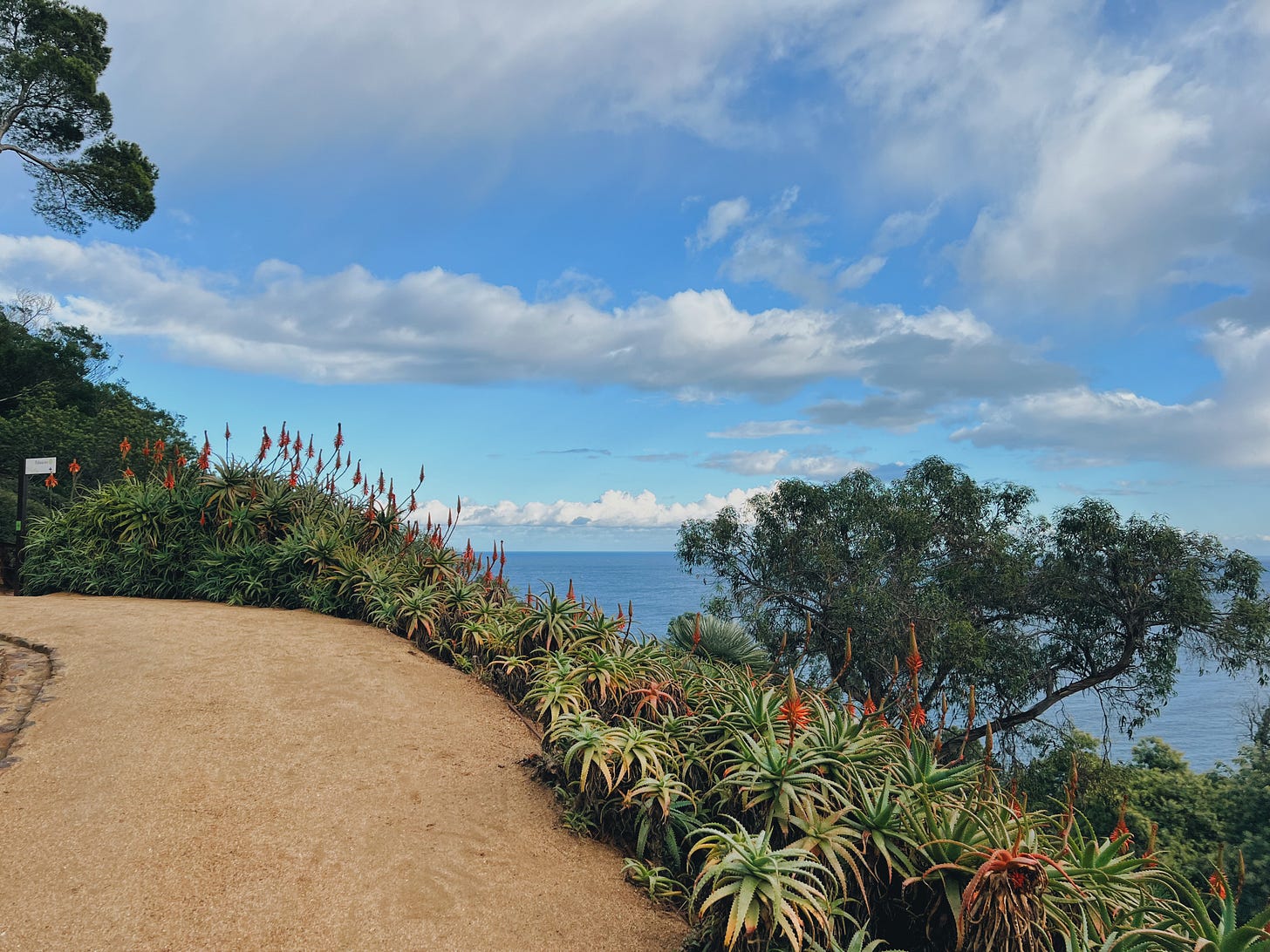
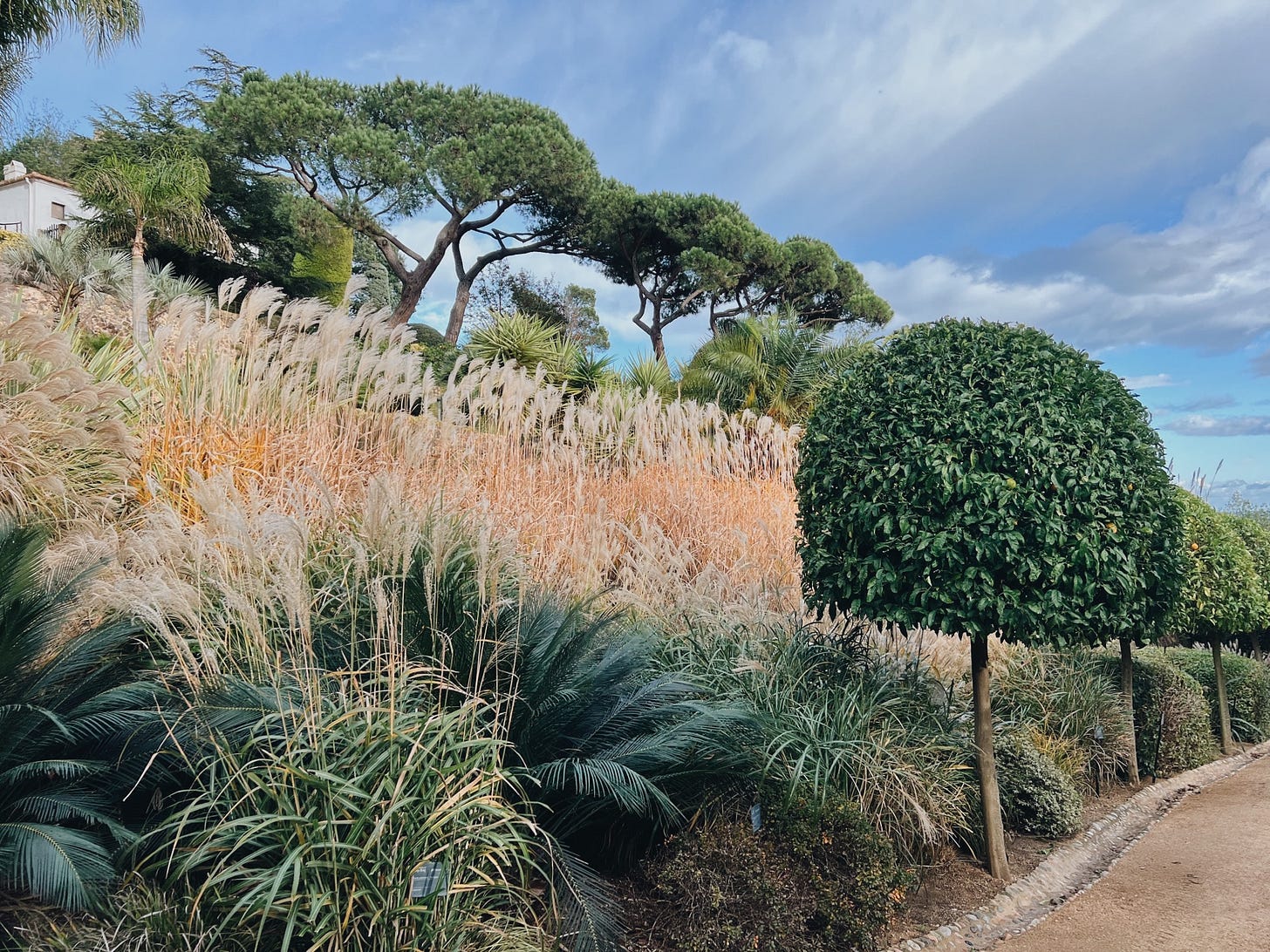

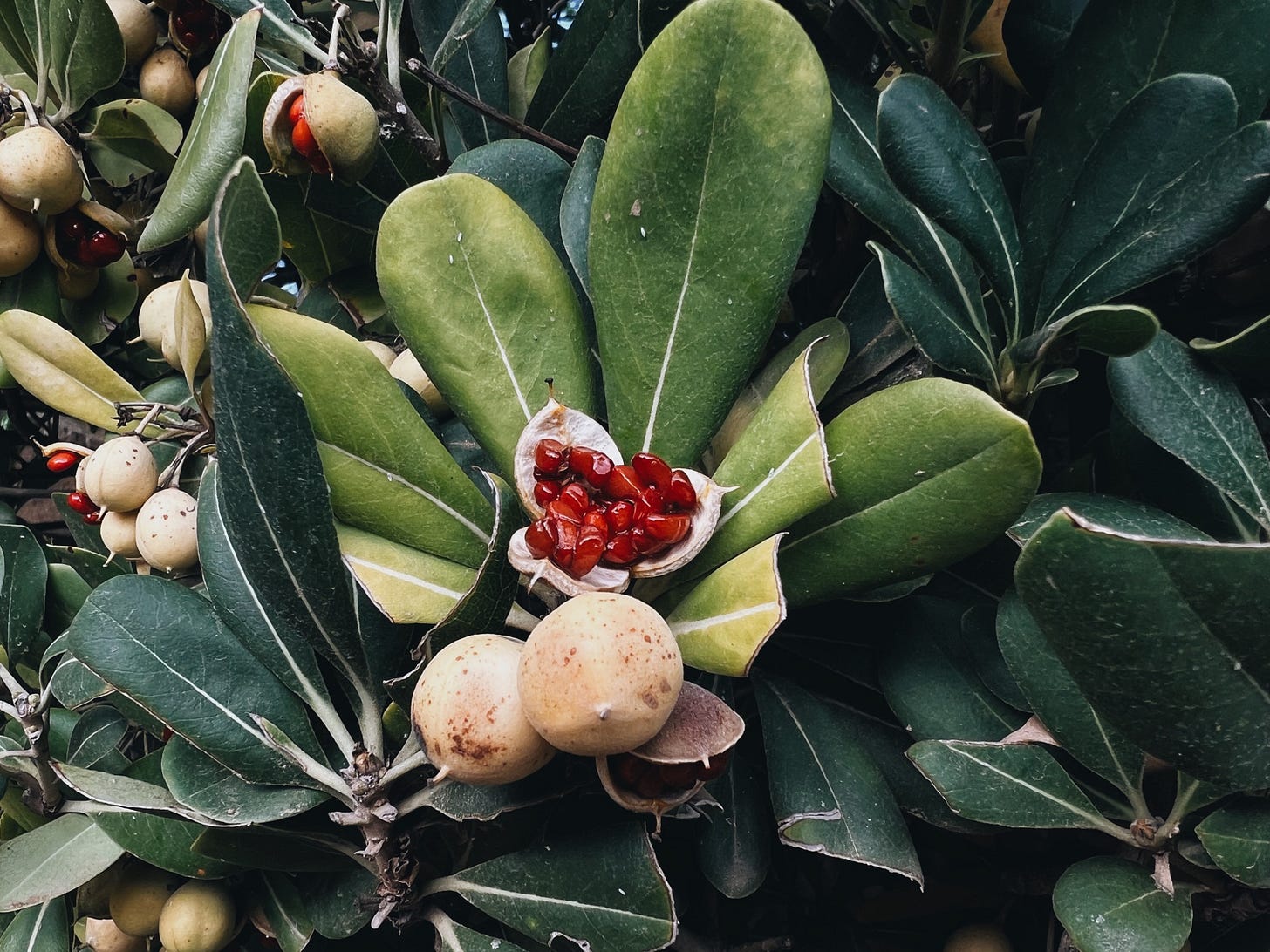
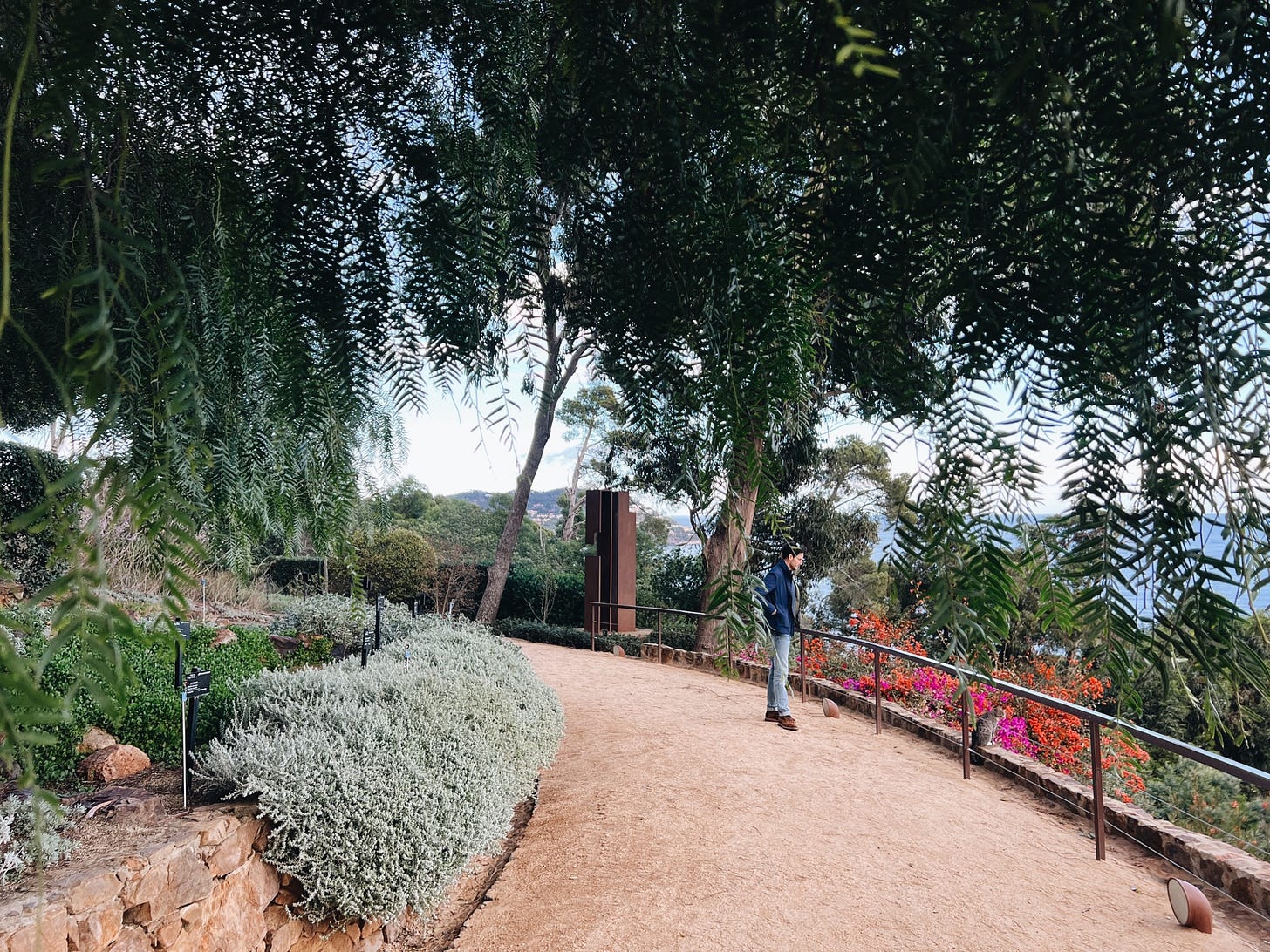
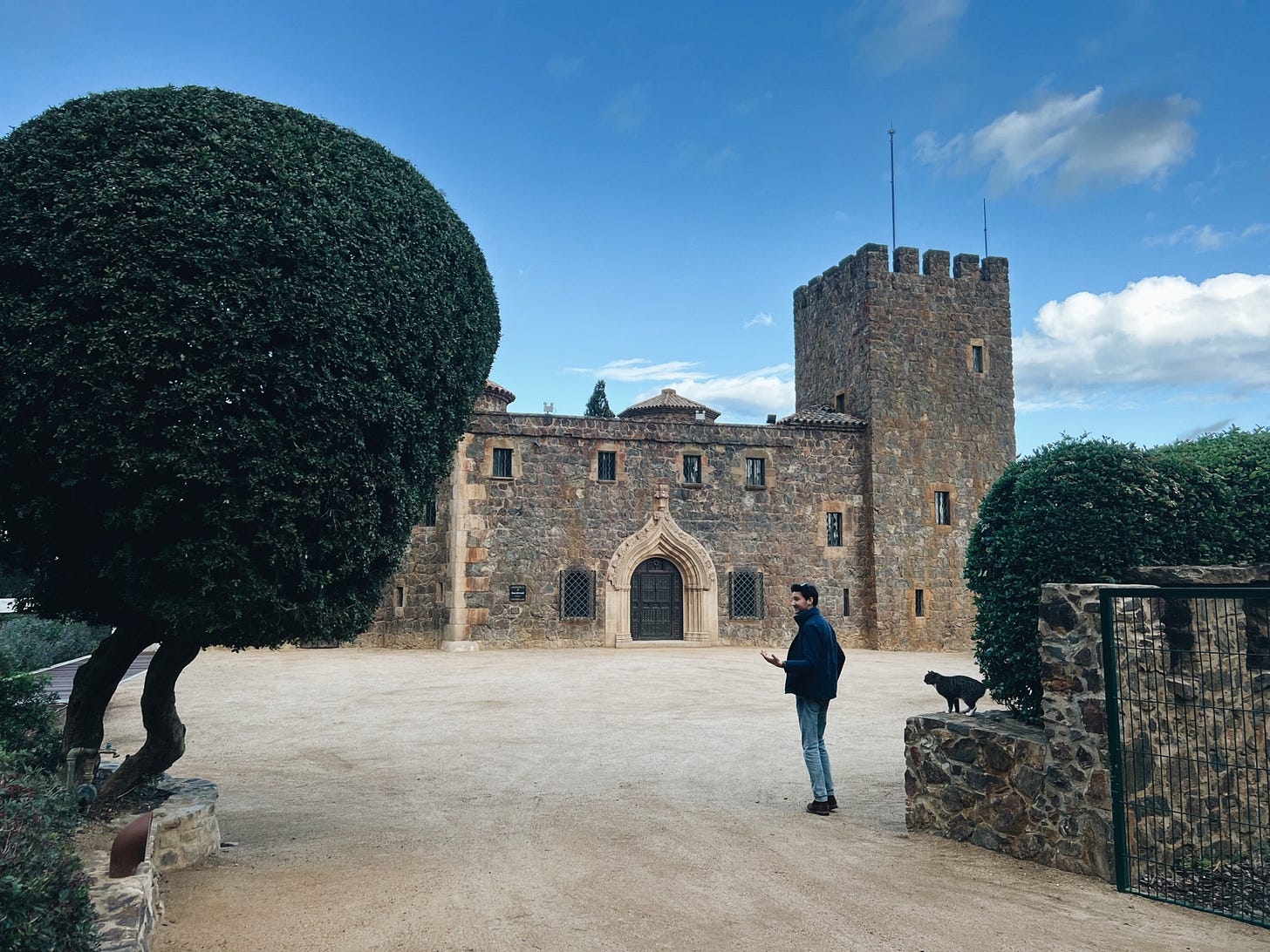
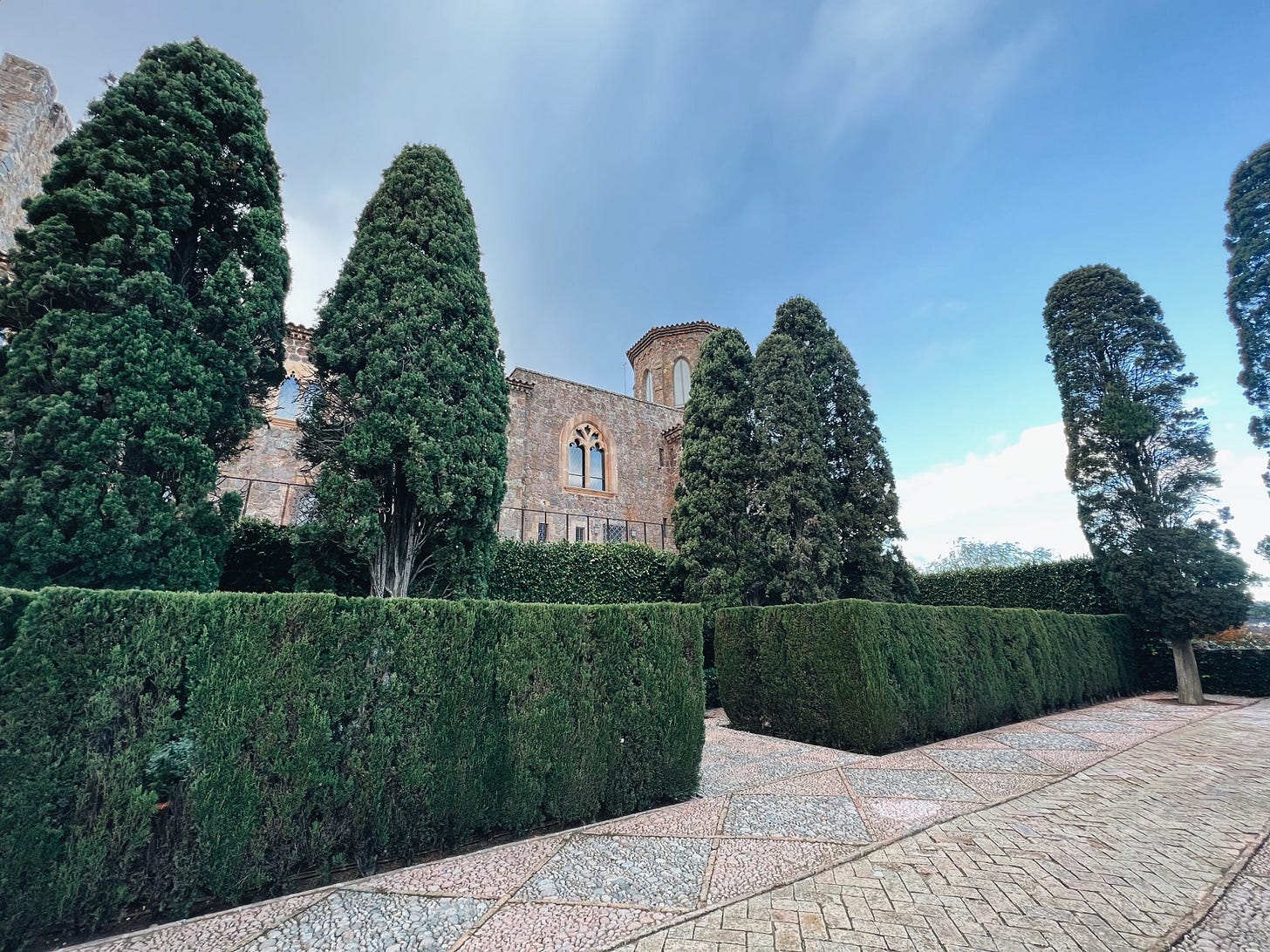
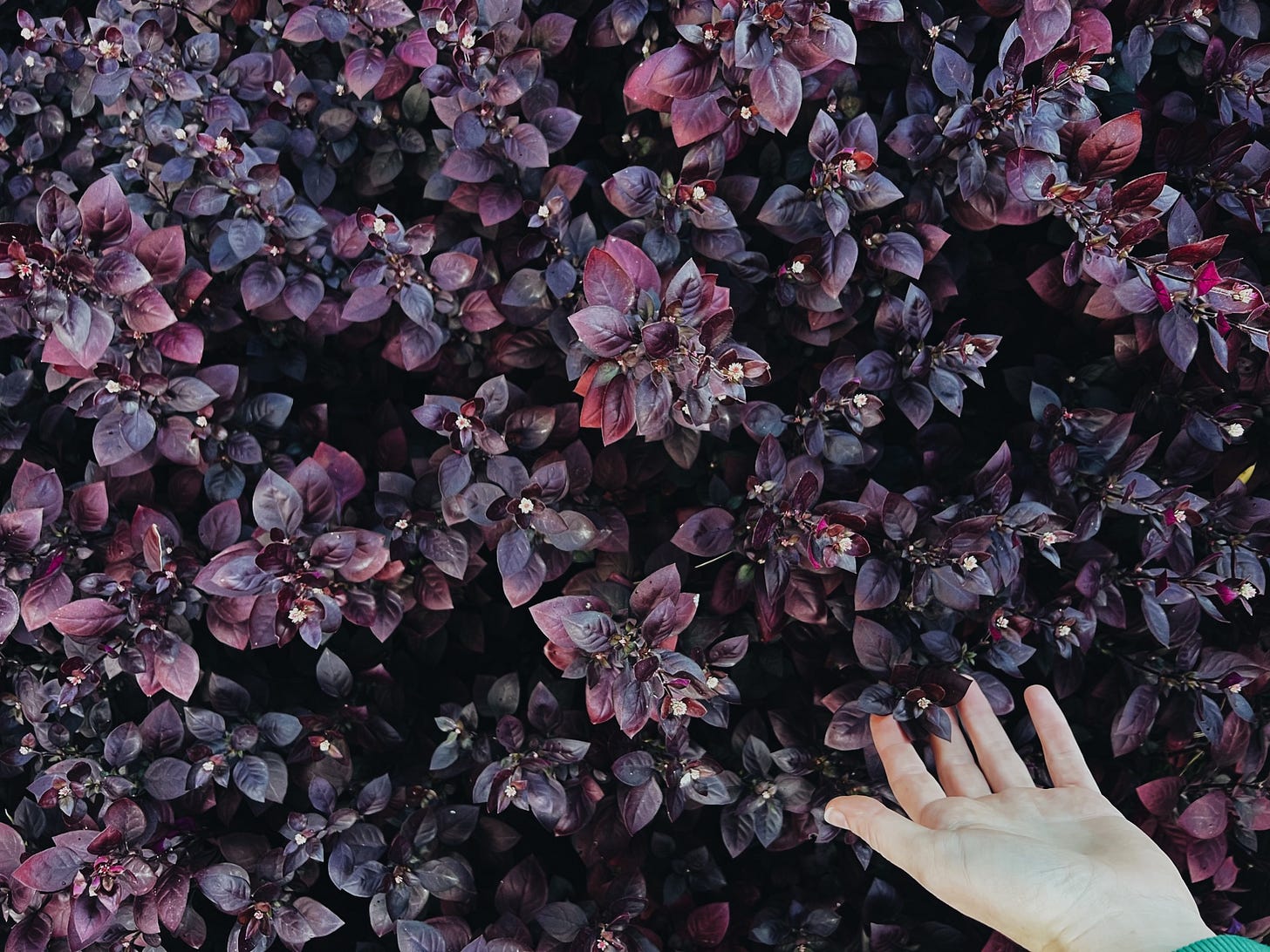




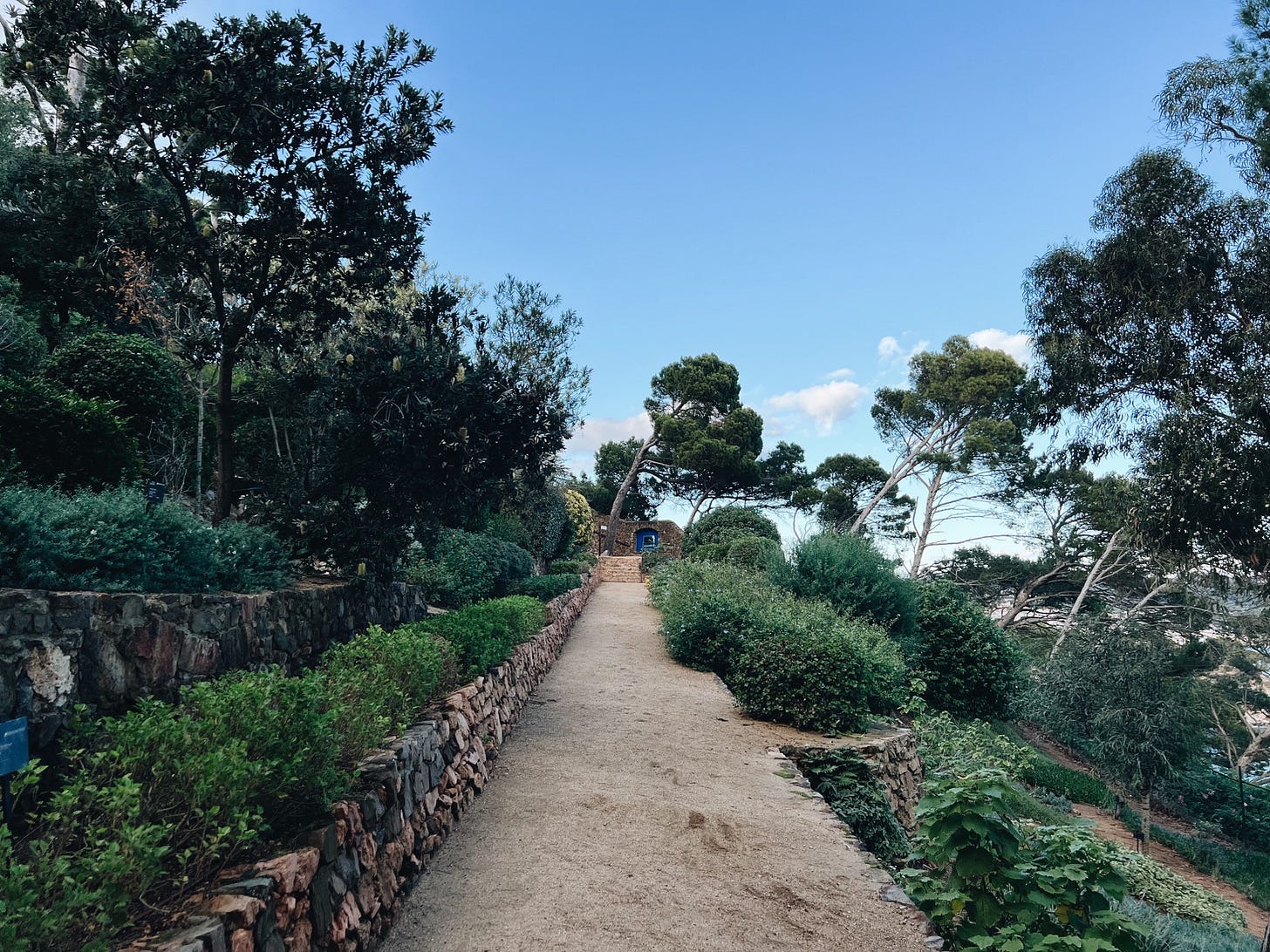
Until next time, where I will share photos from the other 3 gardens with hopefully way less drama!! And a list of gardens to visit in Spain!
If you know more about the history of Spanish gardens than I, comment away. I am curious!
Lauren, Garden Affairs Sleuth and Private Eye™







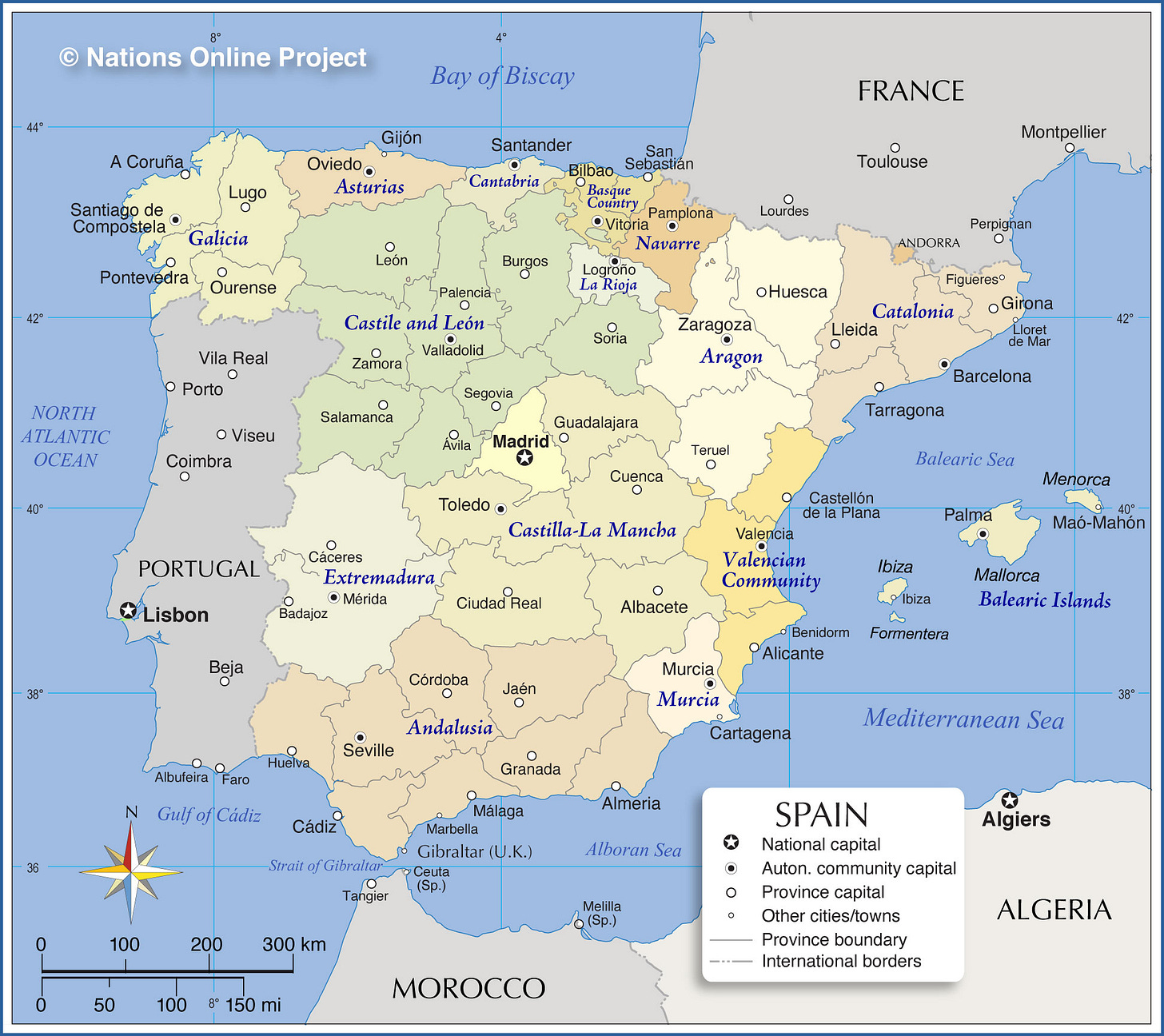




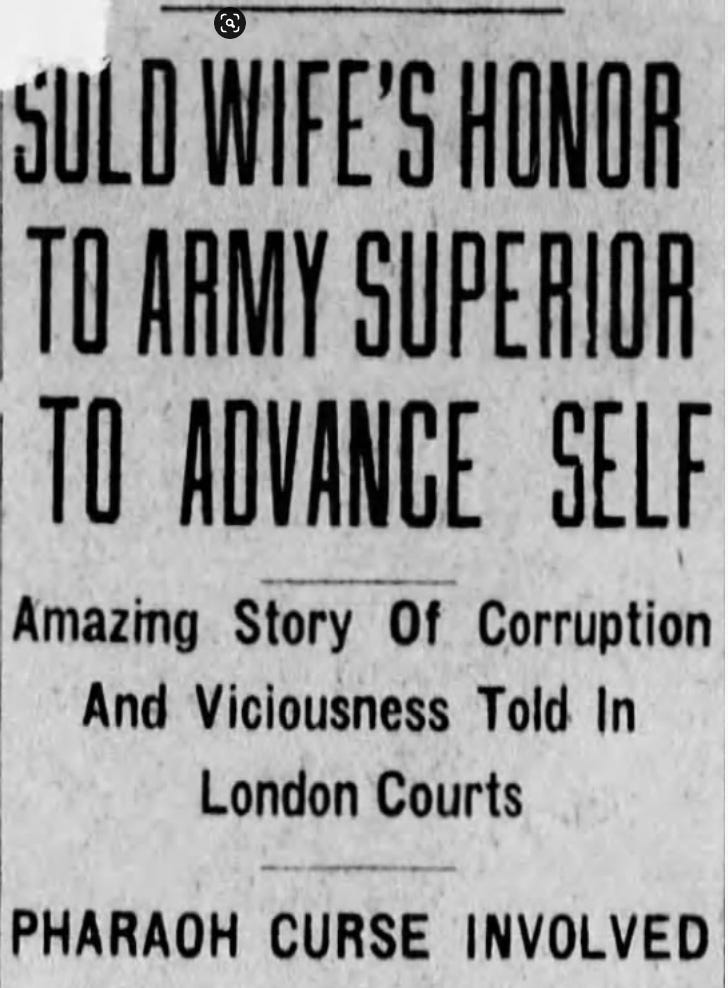






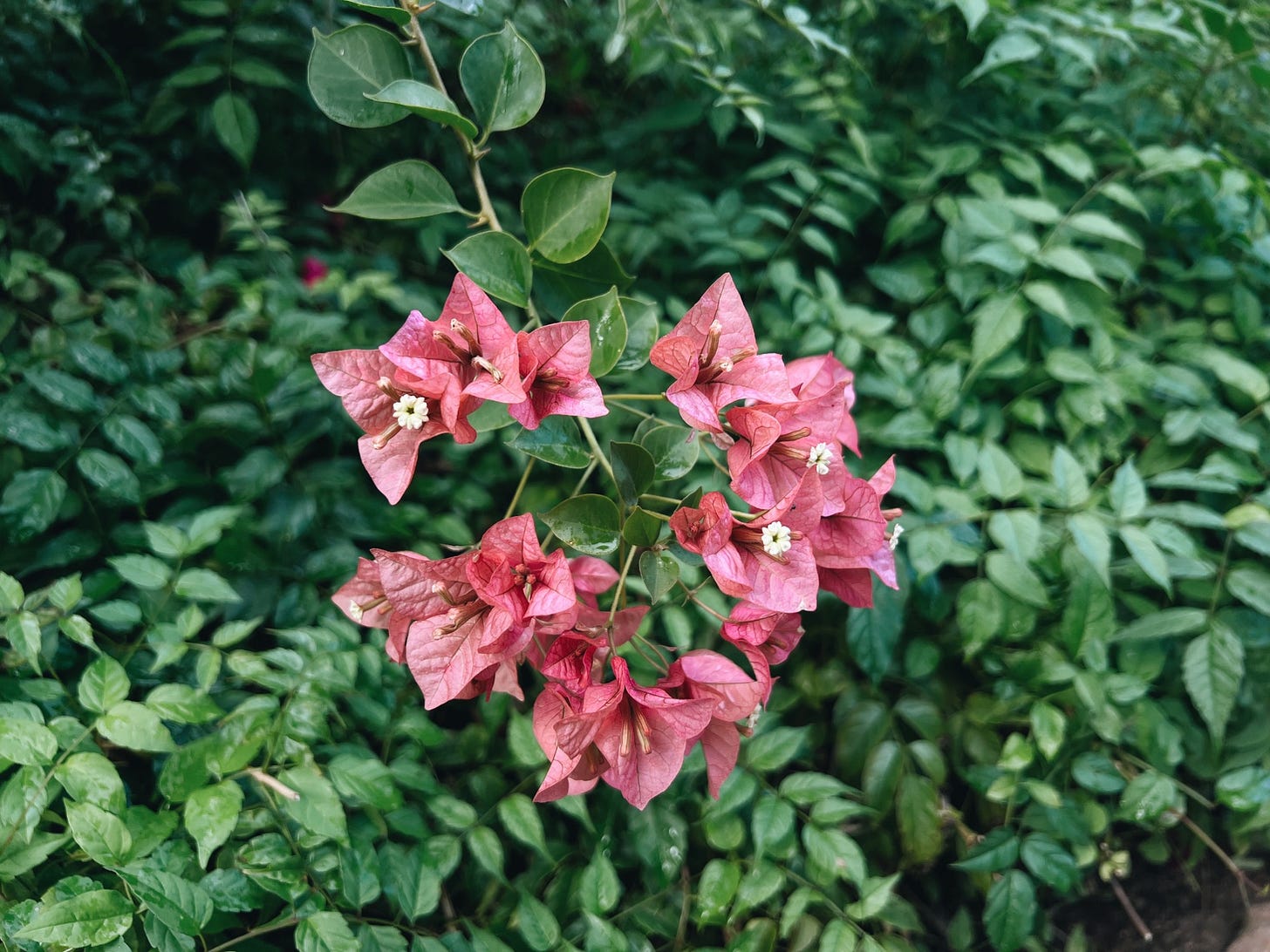

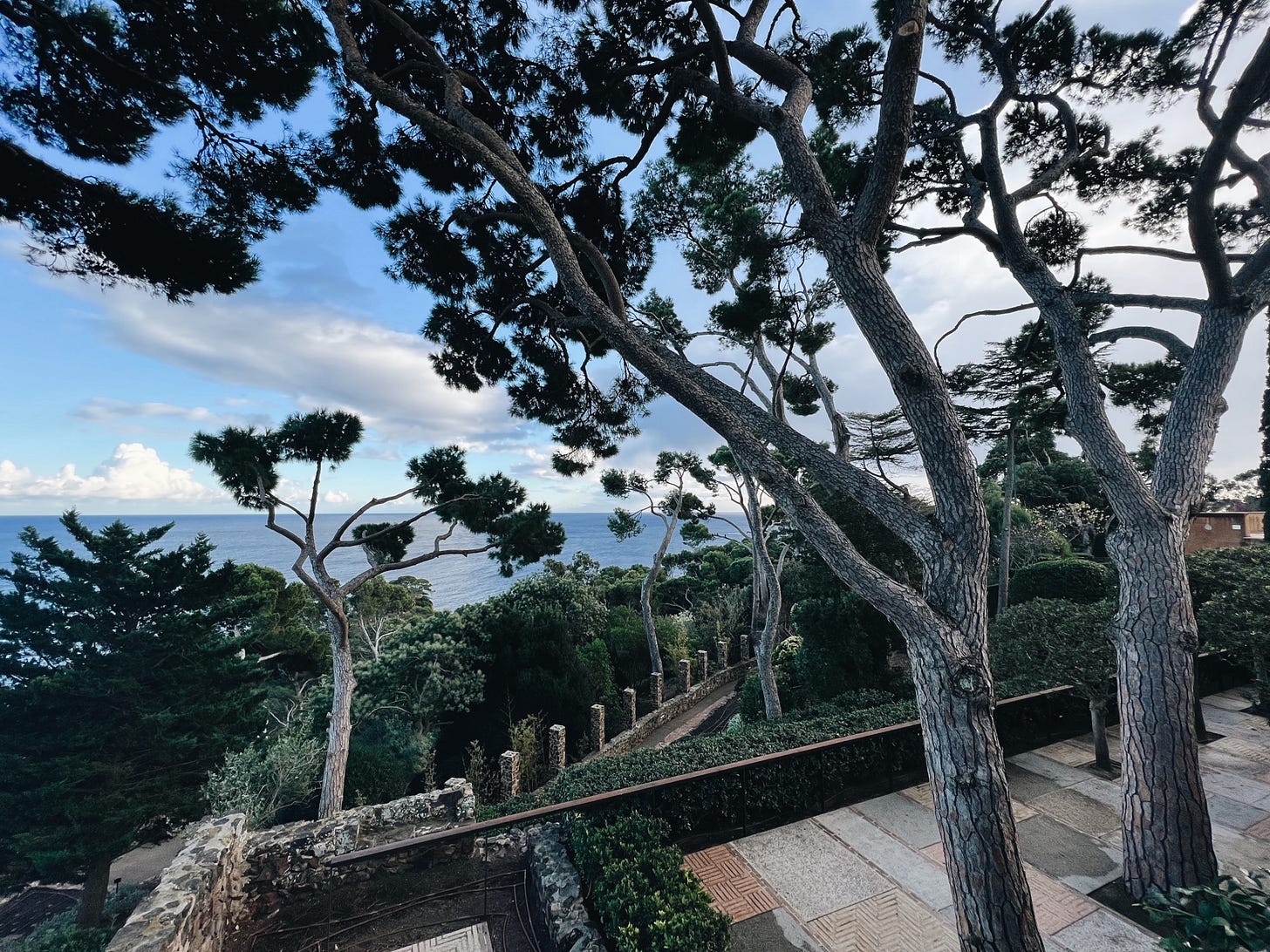
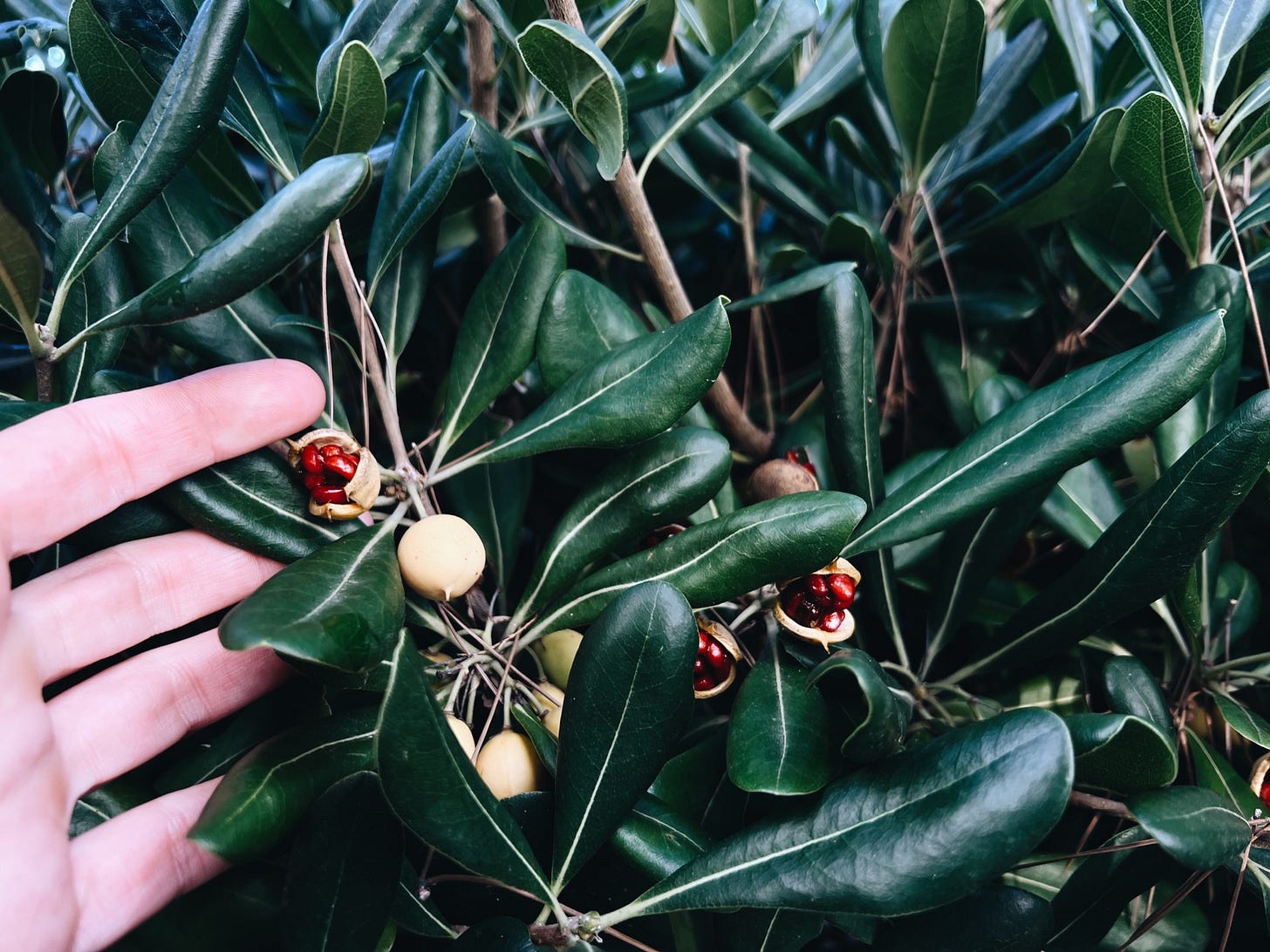

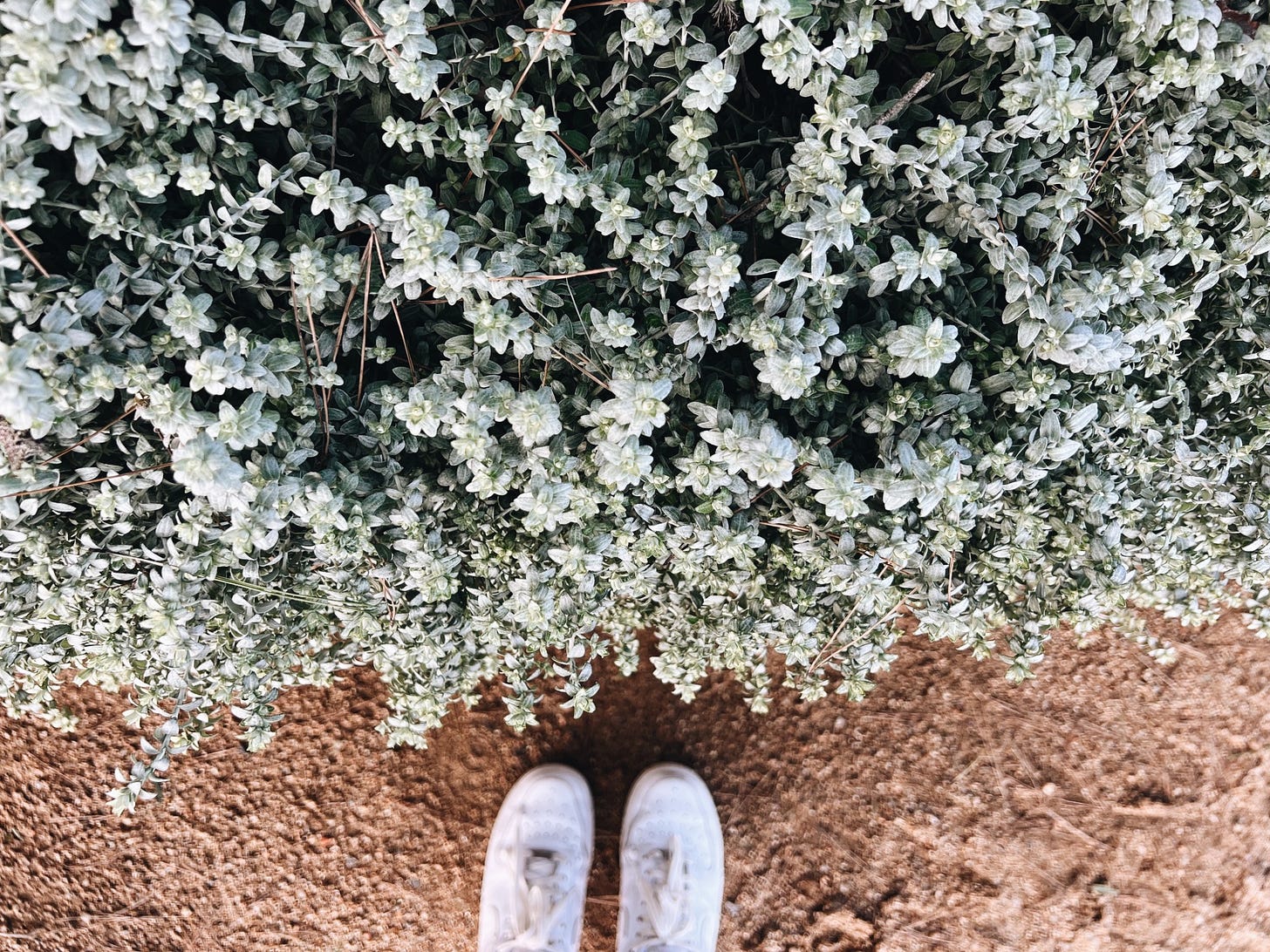



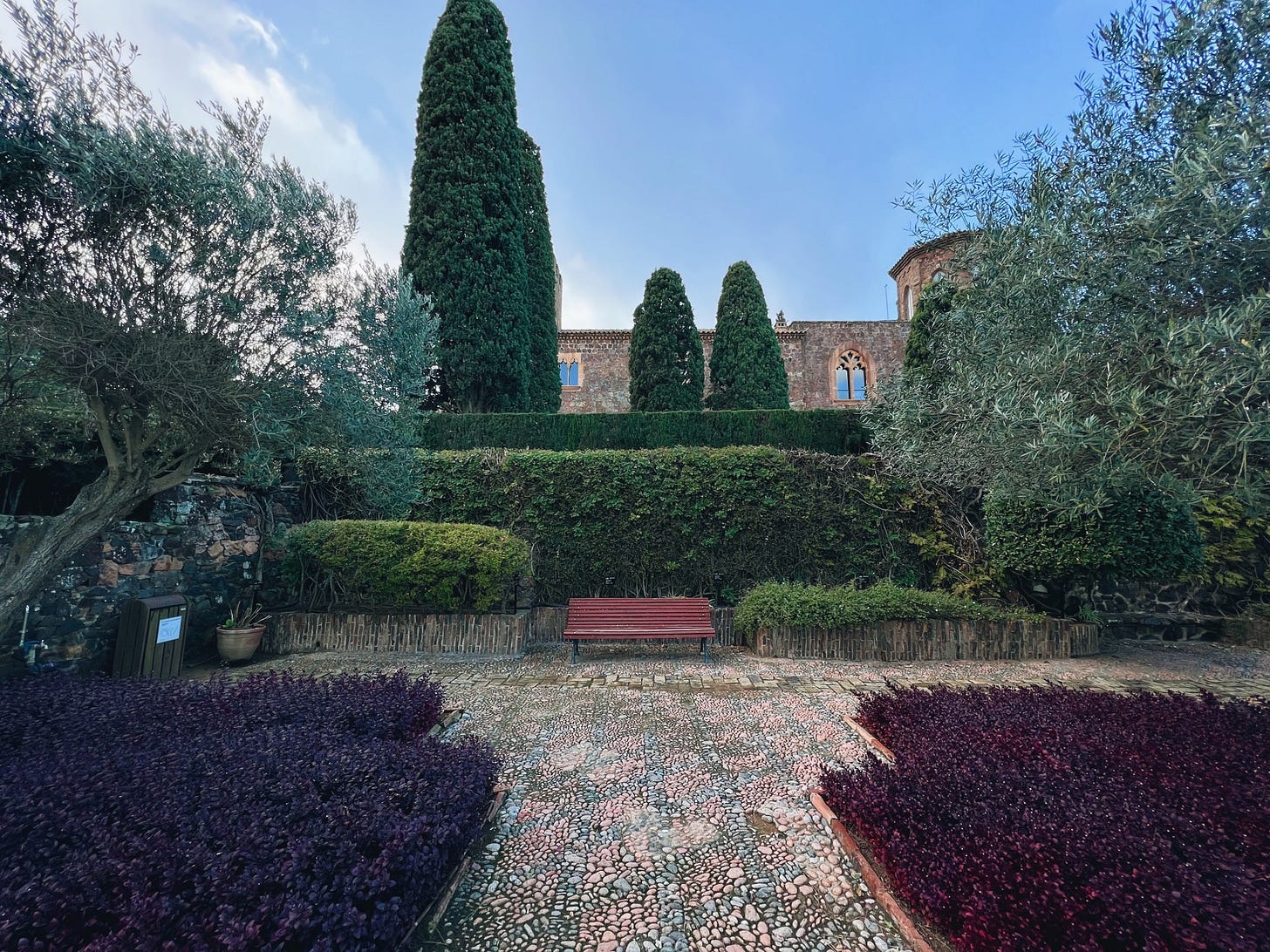
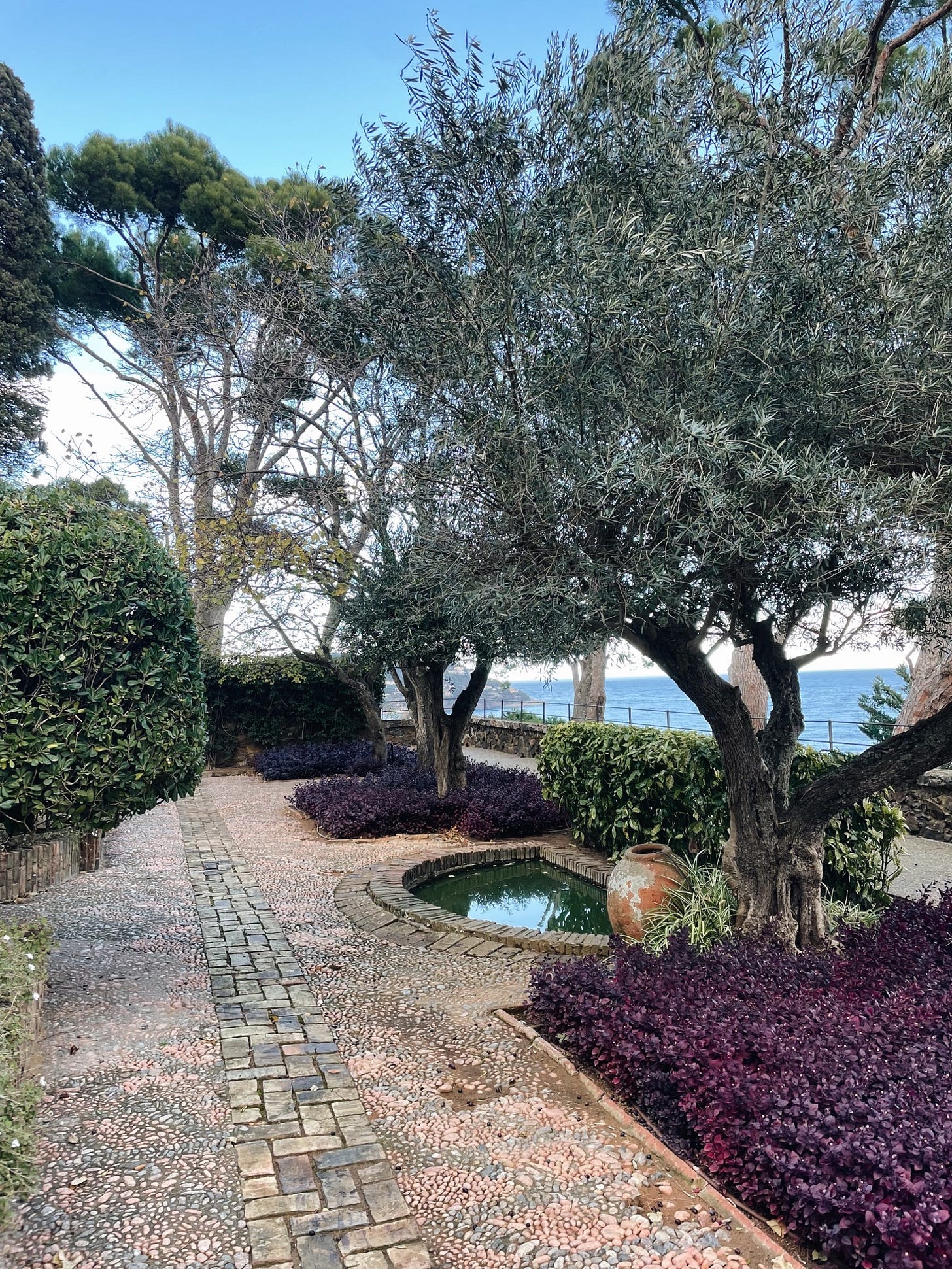

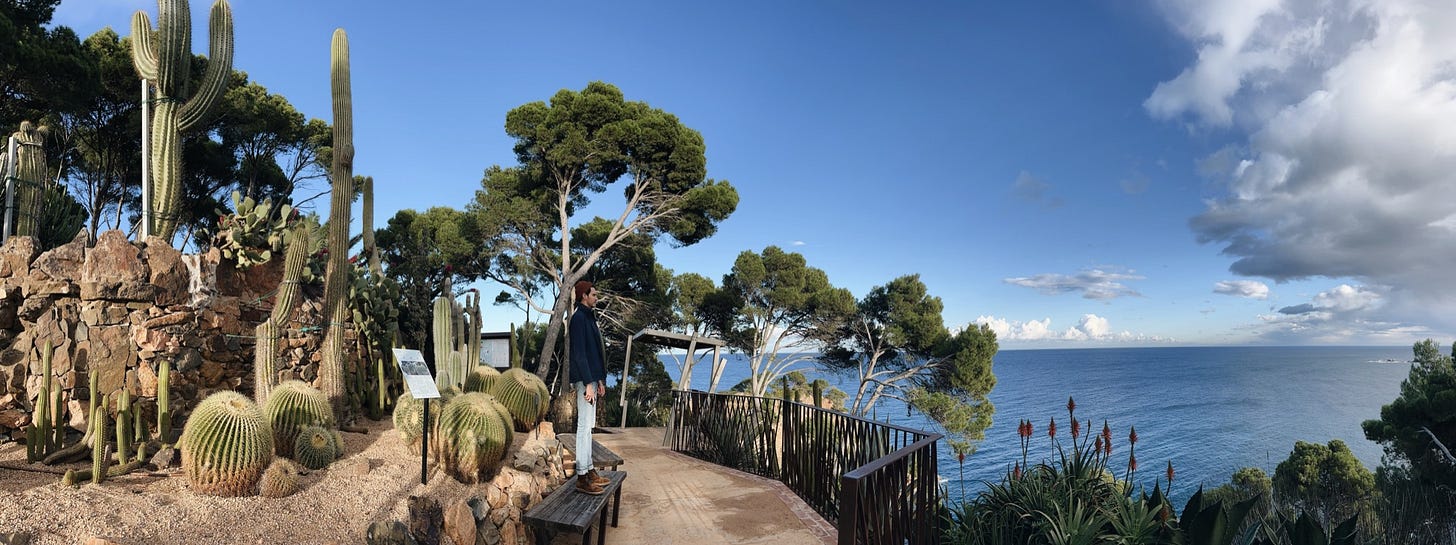
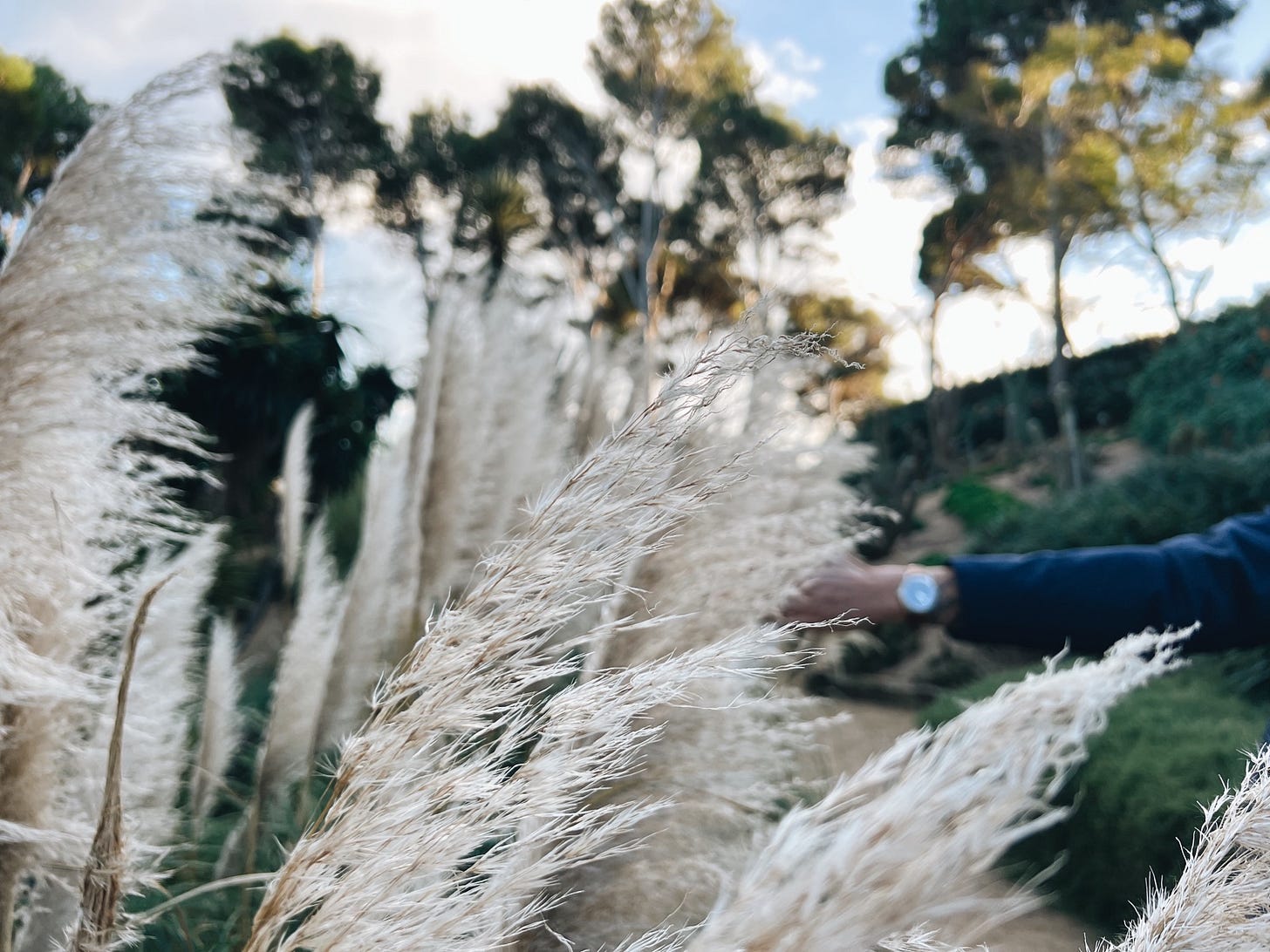
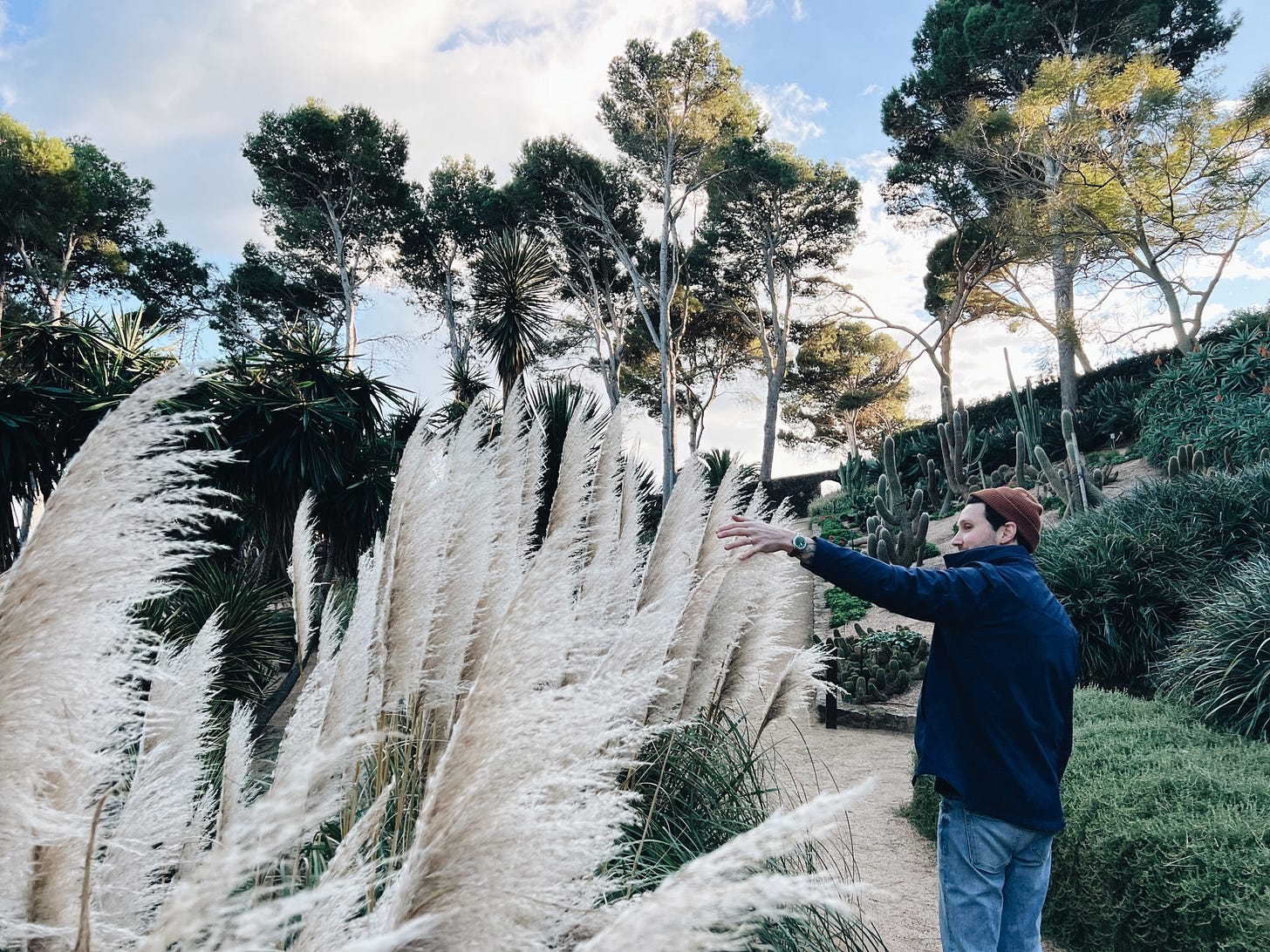
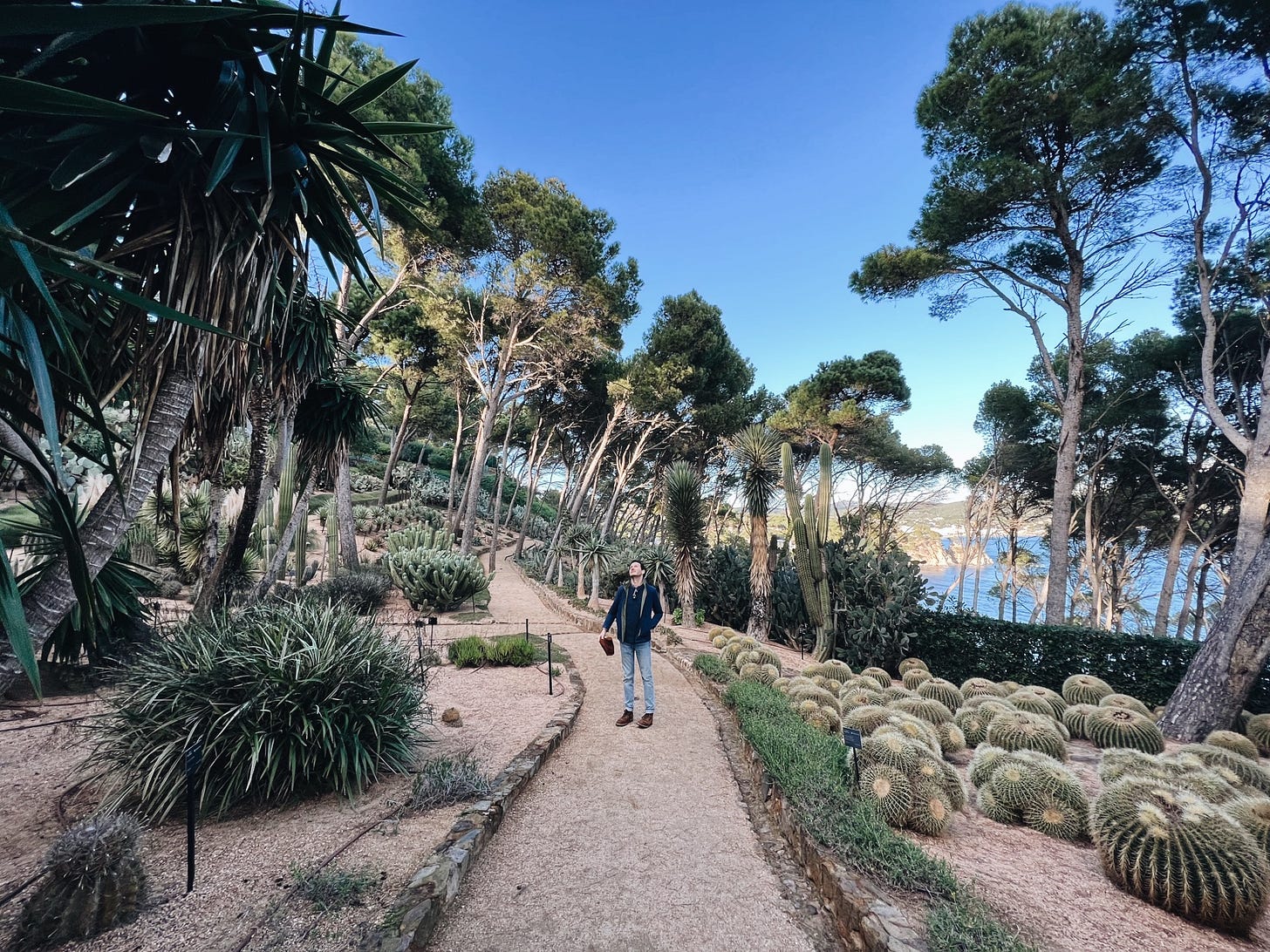
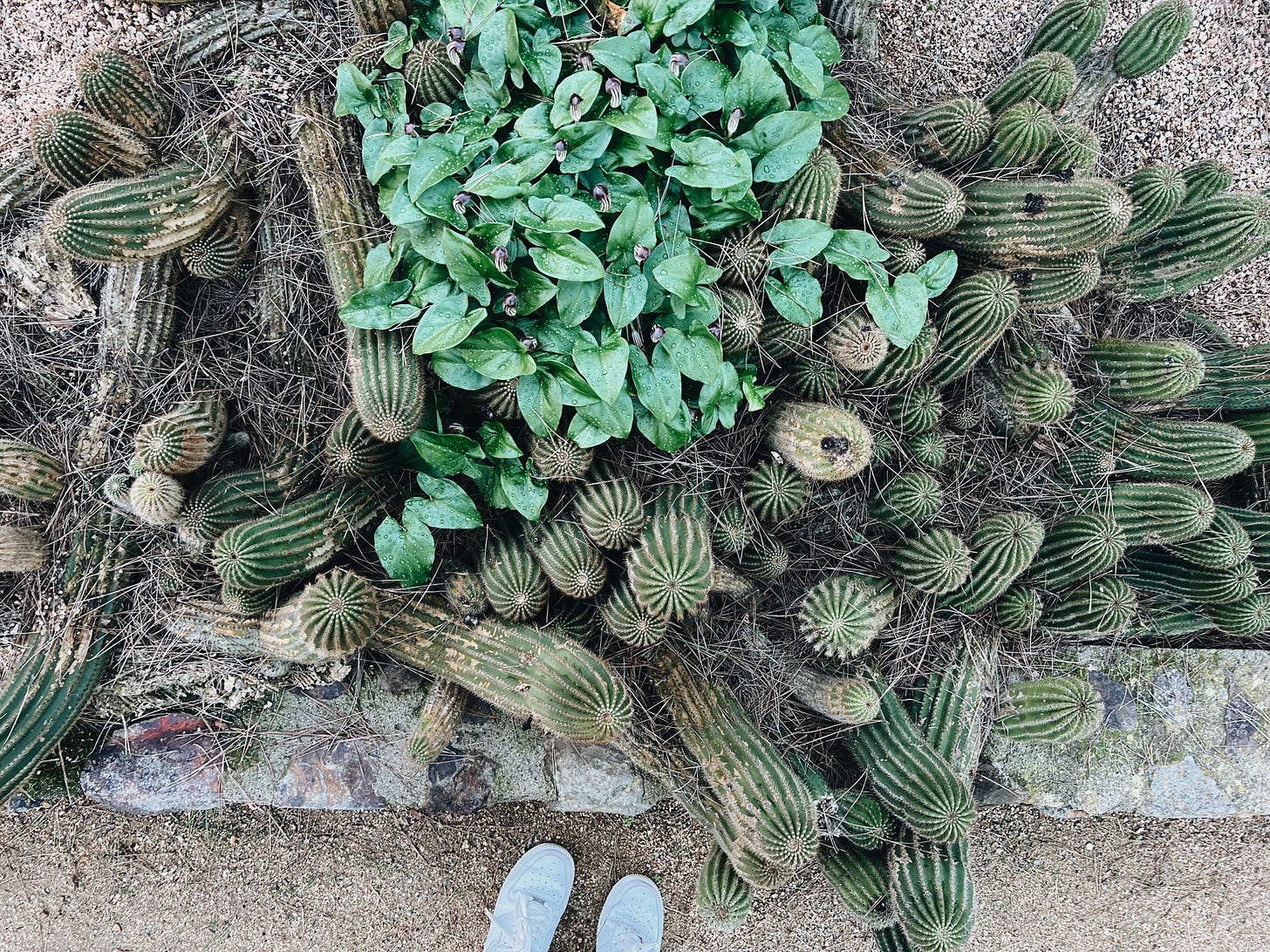

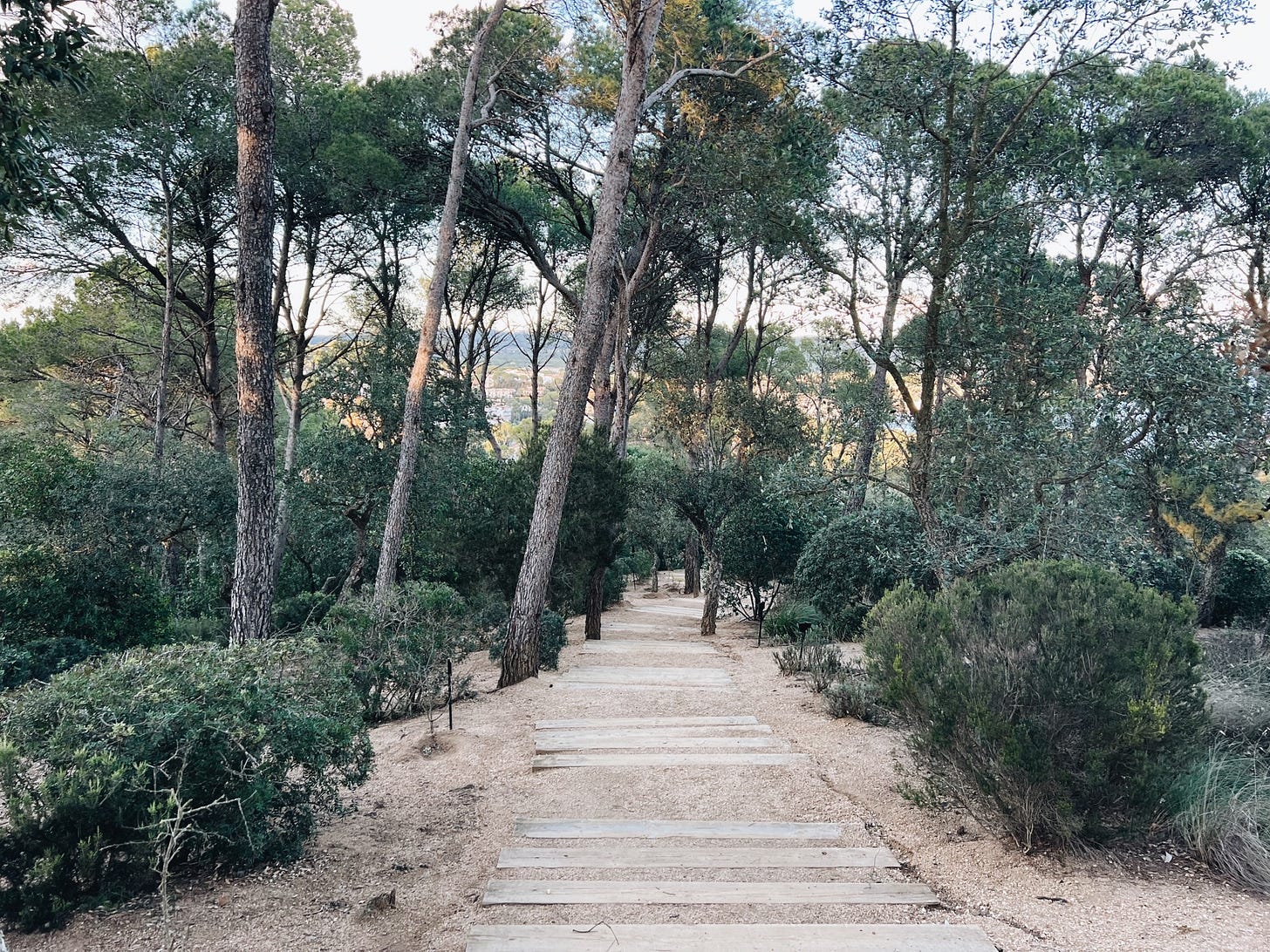
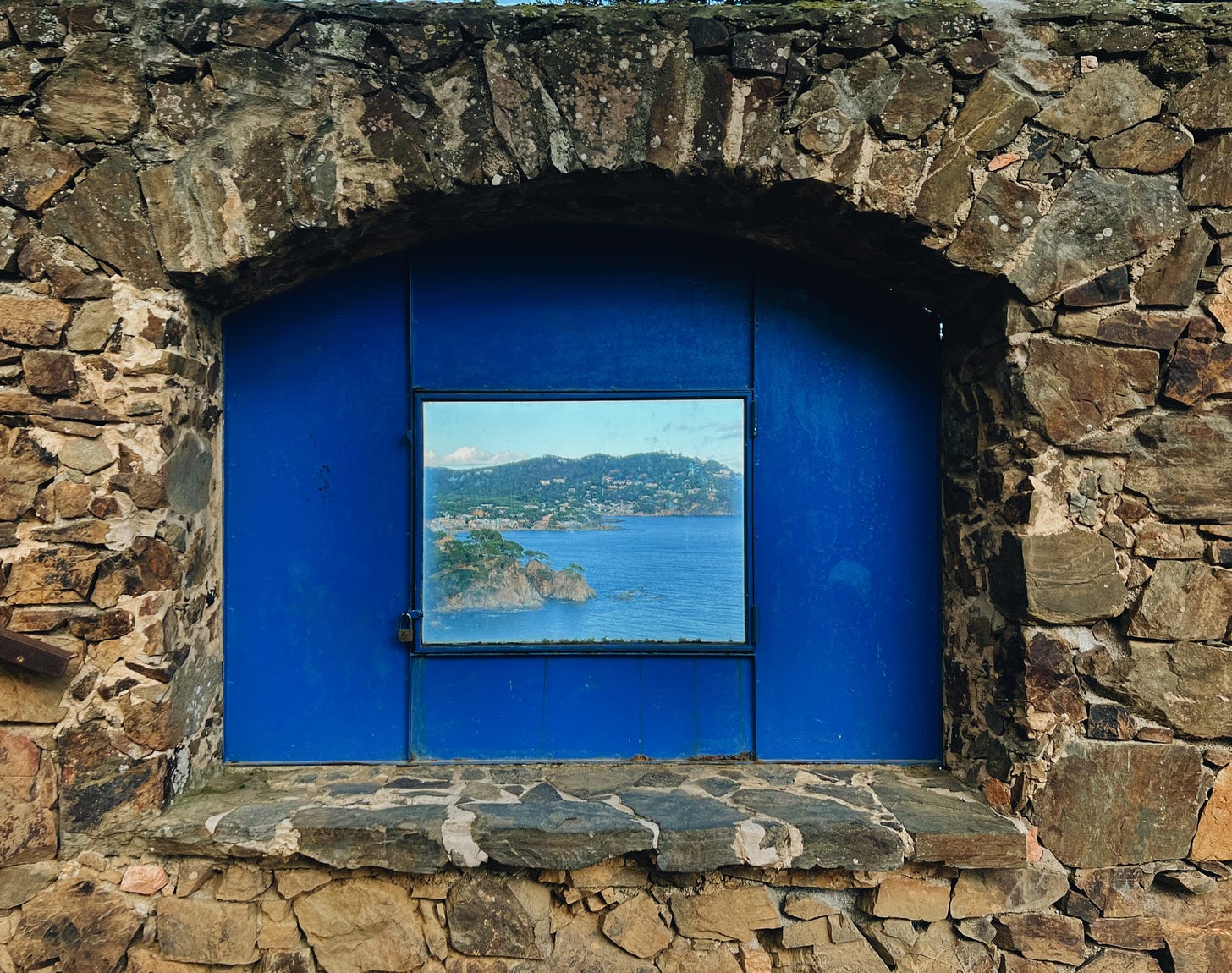
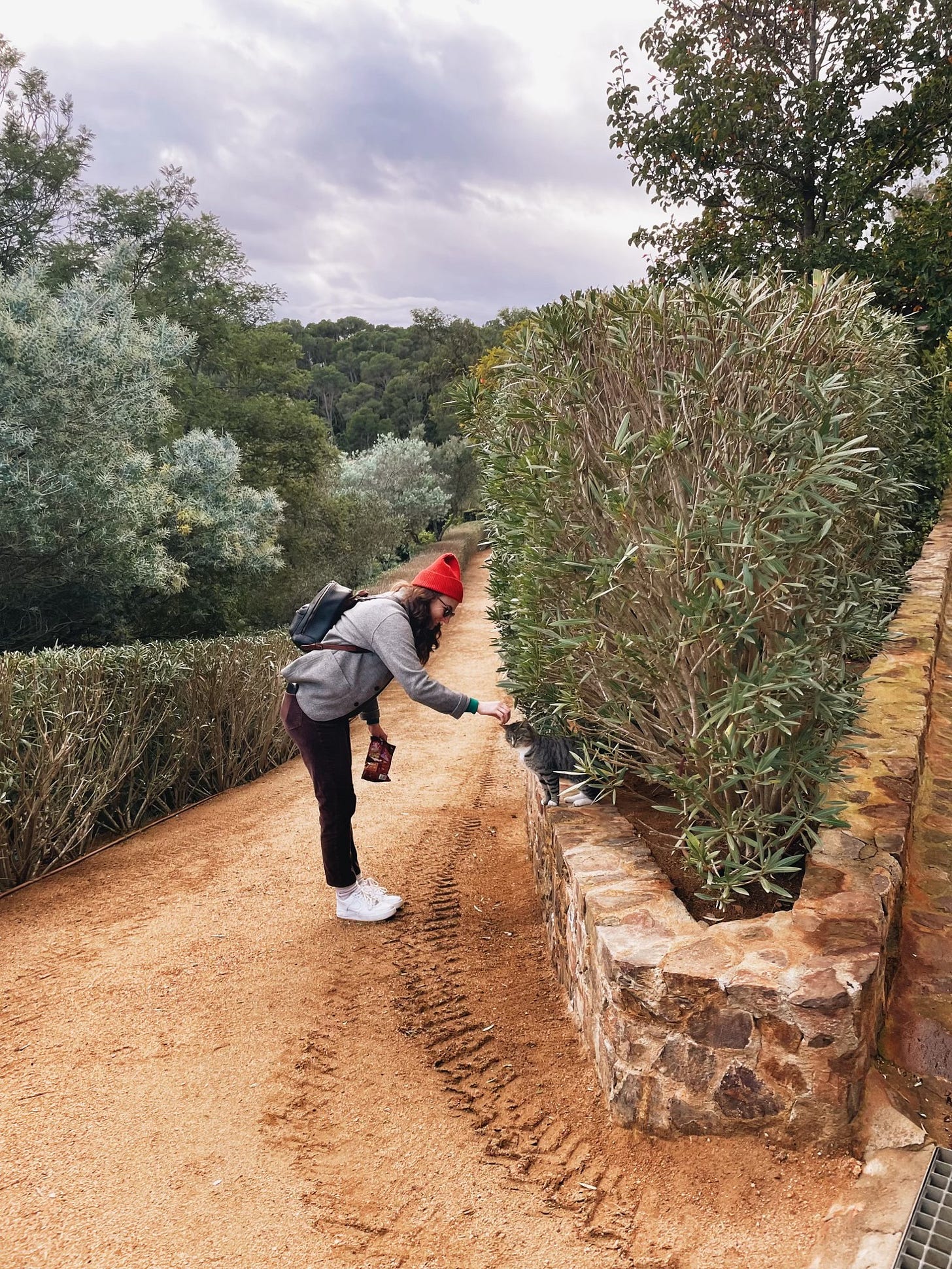
What an incredible garden! And thanks for sharing Dorothy's story too!
The drama! The intrigue! Those GRASSES... you know how I feel about the grasses.